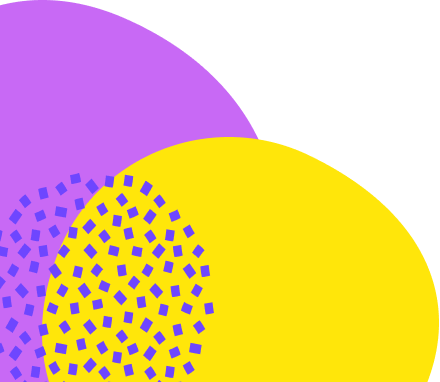How to use "into" in a sentence?


Hello Miss 😊 hope you're doing well!
My kiddo wants to know about using "into" in sentences, and we’re a little unsure about when to use it. We’ve tried looking it up, especially when it comes to showing direction or transformation. Like, is it correct to say, “He turned into the driveway,” or should we just say, “He turned to the driveway”? Also, we were wondering about sentences like, “She’s really into art”—is that the same kind of “into”?
Thanks so much for your time!

Hi there
Thank you for your question. To help with the first part of your question:
The correct and most commonly used phrase is:
* "He turned into the driveway."
Here's why:
* "Turned into" in this context signifies the action of entering a space. It indicates movement from the road and a change of direction into the driveway.
* "Turned to" would suggest a direction towards the driveway, but it doesn't clearly convey the action of entering it.
Here are some key points to consider:
* "Into" effectively shows the movement from one area (the road) to another (the driveway).
* Context is key. While "turn into" can also mean transformation, in this driving context, it's clearly about entering a space.
Therefore, "he turned into the driveway" is the grammatically correct and most natural-sounding option.
To answer the second part of your question:
1. "Into" as a Preposition (Movement/Placement):
* Meaning:
* This is the most common use. It indicates movement from outside to inside or a change of state.
* It shows direction or placement.
* Examples:
* "She walked into the room." (Movement from outside to inside)
* "He poured the water into the glass." (Placement)
* "The caterpillar turned into a butterfly." (Change of state)
* In these cases, into is showing a physical movement, or transformation.
2. "Into" as Part of a Phrase (Interest/Enthusiasm):
* Meaning:
* In phrases like "she is into art," "into" expresses a strong interest, enthusiasm, or involvement in something.
* It signifies a passion or a deep liking.
* It is used informally.
* Examples:
* "He's really into music." (Strong interest)
* "They are into hiking." (Enthusiasm for an activity)
* "I'm not really into sports." (Lack of interest)
* In these cases, "into" is part of a phrasal preposition, and describes a mental state.
Key Difference:
* The prepositional "into" shows physical or transformational movement.
* The phrasal preposition "into" expresses a mental or emotional state of interest or enthusiasm.
In essence:
Remember the following:
* If you can replace "into" with a phrase like "interested in" or "enthusiastic about," it's likely the second usage.
* If you can see a physical movement, or transformation, it is the first usage.
I hope this helps with your questions and we look forward to assisting with any further questions you may have.







